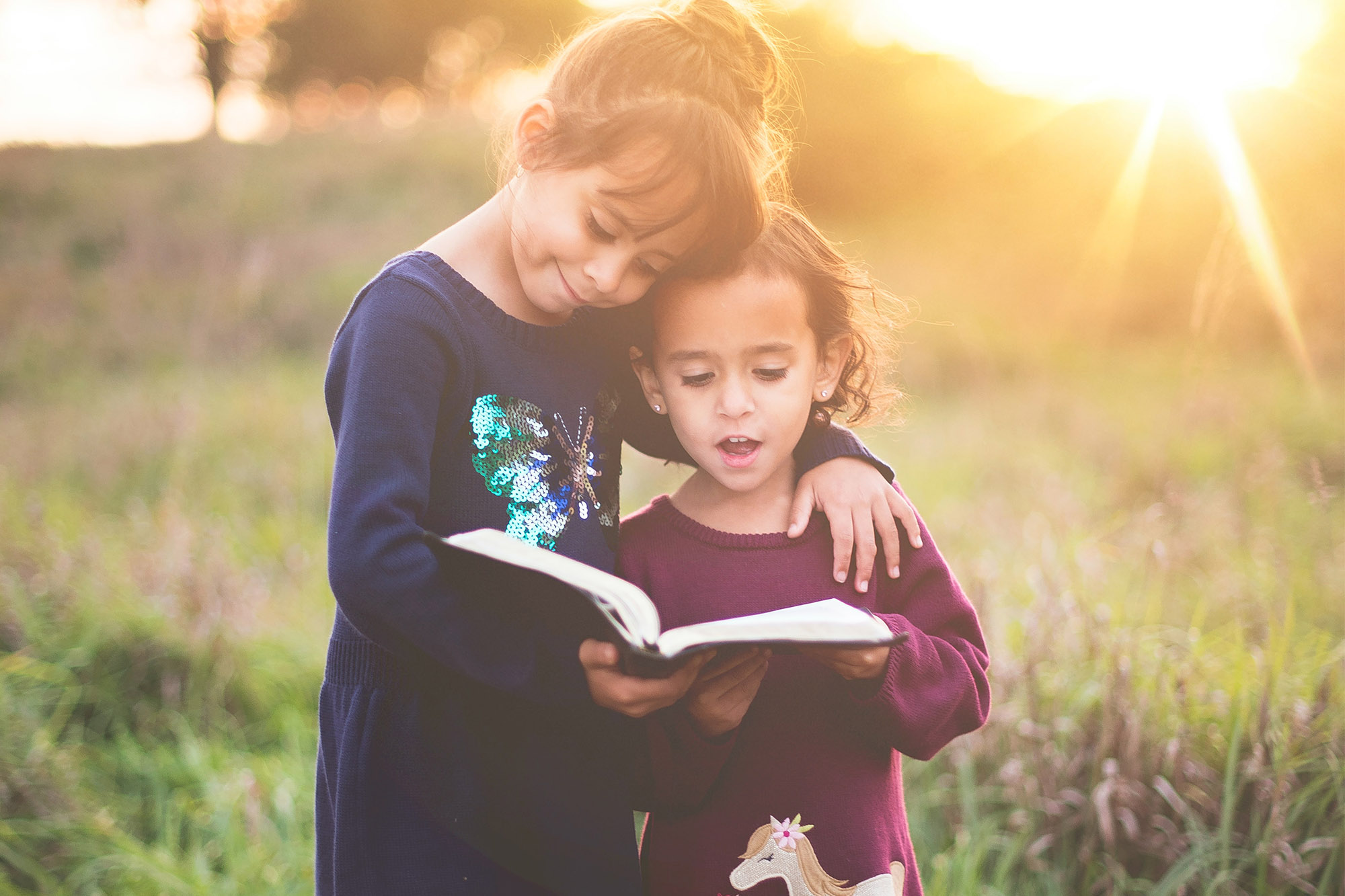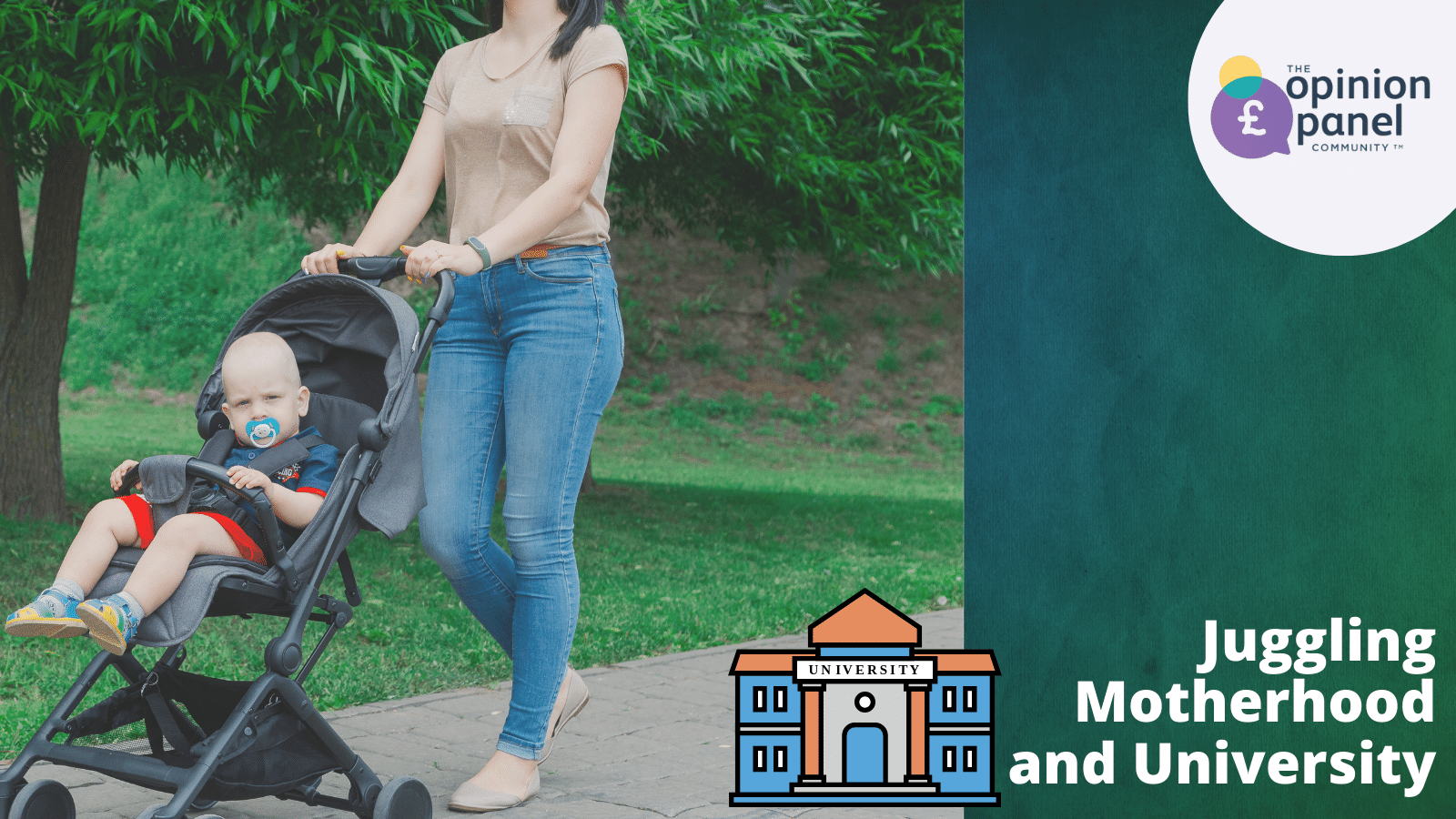
As I was growing up, the children’s books I read mainly featured white, straight characters all of which could fit under the umbrella term of ‘white cishet’. They portrayed strong illusions of heteronormative (the suggestion or belief that only hetrosexual relationships are normal and that men and women have naturally different roles). This continued to be the case the older I got, even as my reading level matured.
Searching for diversity in the mainstream
Popular writers like Jacqueline Wilson, who we all know and have loved, Cathy Hopkins, Cathy Cassidy, Meg Cabot and Sarah Dessen have all written a great deal of bestsellers. But how many of their books have main characters that aren’t white, straight and able-bodied?
Sure, we could argue that the Tracey Beaker books fall under diversity. But again, Tracey herself fits in with white and cishet.
It was only in recent years though, that there have been books featuring characters of all different backgrounds, religions and ethnicity. It’s been spoken about and questioned many times over. Why aren’t there more books about black girls and boys going on adventures to battle dragons, trolls, flying on magic carpets and saving unicorns and fairies? More stories about little Muslim children playing games and being excited for iftar during Ramadan and decorating their homes for Eid? Why aren’t there stories about children having two mums or two dads? Where are the stories about single parents raising children?
We need to introduce more stories about Hispanic children, black children, Middle Eastern children, Asian children. Children who use wheelchairs, wear glasses, who are deaf. Children who have cerebral palsy or autism.
We need more inclusion.
Paving the way for diversity
Books like A Kind of Spark by Elle McNicoll help to make a difference in a child’s life. The children’s book tells the story of an 11-year-old Addie who campaigns for a memorial of the witch trials that took place in her Scottish hometown; she relates to the ‘witches’ and challenges how people in her town see her, and her autism.
Publishers like Knights Of are also amazing, especially for featuring diversity on their covers. Their illustrations feature children from different ethnic groups bringing more inclusion, diversity and fairness to the genre.
But we’re still a long way off where we should be, held back by many popular authors who fail to bring diversity to their literature. Sarah Dessen for example, writes young adult literature and she features no diverse characters in her books. Like none at all.
Why we need more inclusive literature
There are children who need to feel seen. Children who need to be able to read books and feel like they see themselves in the words, and in the pictures. We need to be able to do better, to include every child, every background, every race and ethnicity, every religion, every disability, every sexuality.
I was able to find this list of a few best diverse children’s books.
Books for Diversity is also good to check out for more books which feature more cultures and ethnicity. I know I’ll be getting some of these for my boyfriend’s nieces and reading it to them, so they can learn more about other backgrounds, languages and cultures.
Share your opinion
Do you have a view on the topic? Or can you recommend children’s books that feature diversity and inclusiveness? Leave you comments below and let us know.
And if you’re a member of The OpinionPanel Community you can also submit your own blog to us by emailing: editor@youthsight.com
If you enjoyed reading this you may also like: https://www.opinionpanel.co.uk/2015/06/25/pansexuality-in-the-media/









The reason why children’s books in England don’t feature lots of little Muslims getting hyped for Ramadan is that by far the majority of children in England have no idea what Ramadan is, and there is no use introducing the topic to them, because they won’t understand it properly. As they get older, this topic can be introduced to them, to illustrate the diversity between cultures. I’m sure if you read some Arabic children’s books you’d find some of the content you seem desirous to have in English books.
@Fahmida I think we need to agree to differ on this. I can see your side of the argument, but I am not convinced. I am fine with every culture being represented in a fair manner, but I do feel that all this stuff about diversity has (in many cases) exceeded what can be regarded as “fair”.
@Fahmida That’s absolutely true about children not learning if ideas are not introduced to them. And yes they should have topics like Ramadan introduced to them, to enable them to more fully understand the world they inhabit. However, my real problem with children’s books is that they are becoming too diverse. Nowadays, what I see is that generally in books we have one black person, one Asian, one Muslim (and often the white person is left out). But in the UK certainly that is not the case in real life. In the provincial town in which I live, by far the majority of people are white and straight. And I understand that that is the case across most of the UK. As we live in a Democracy, surely our books should represent the people of our country? Yes, we should have a few Muslim characters, but we certainly should not go on the way in which we are currently going, which is threatening to side-line the culture in which I have grown up, and which is indeed the predominant culture in this country.
Also, I really appreciate the calm way in which you have stated your disagreement. Sadly, most people who disagree with my opinions tend to insult me rather than argue calmly. So thankyou for that.
I disagree, M. Chicheley. How will children learn if it is not introduced to them? And they learn about religions in school anyway. Having Ramadan and more information on the Muslim faith in books will only help them to learn about, and understand, the religion. So yes, there is a use introducing the topic to them. They will understand if they are taught it in schools, which they usually are. The country is diverse. It’s best to be more aware, even as children, and it is not solely for non-Muslim kids either, it is for Muslim children so they are seen, as the article says. Furthermore, not every Muslim child is speaks or reads Arabic.